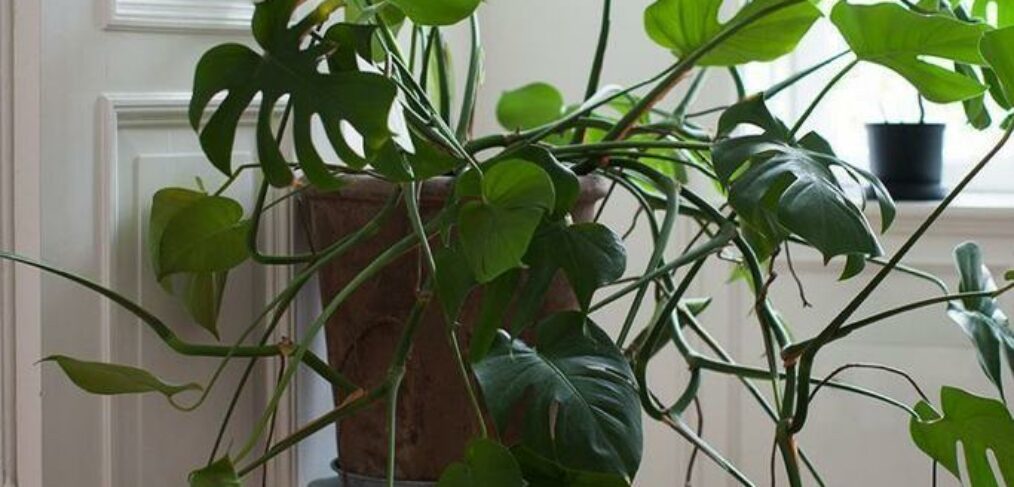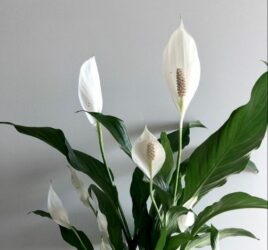
ESSENTIAL CARE TIPS fOR THRIVING INDOOR PLANTS
In a previous blog post, we explored ten plants that supposedly bring money and good fortune home or office space.
Now, let’s take it a step further by delving into the essential care tips that will ensure these indoor plants thrive and flourish.
Indoor plants do not only add greenery to your surroundings but also offer numerous health benefits, such as purifying the air, reducing stress and so much more.
Join us, as we dive into the care of indoor plants and learn how to keep your leafy companions happy and healthy.
Understanding Light Requirements
Different indoor plants have varying light needs. While some thrive in bright, indirect light, others prefer low-light conditions. Here’s a brief overview of the light requirements for the plants mentioned in our previous blog post:
- High Light Plants: Money Tree – Rubber Plant – Jade Plant – Chinese Money Plant, and Hawaiian Ti Plant.
- Medium Light Plants: Lucky Bamboo, Orchids, Peace Lily, and Swedish Ivy.
- Low Light Plants: Pothos or Devil’s Ivy.
Watering Wisely
Proper watering is crucial for the well-being of indoor plants. Overwatering can lead to root rot, while underwatering can cause the plants to wither. The general rule of thumb is to allow the top inch of soil to dry before watering again. However, some plants may have specific water requirements. For instance:
Money Tree, Rubber Plant, Jade Plant, and Chinese Money Plant
(Allow the top 2 inches of soil to dry between watering).
Orchids: (Water sparingly, allowing the roots to dry out slightly between watering)
Peace Lily (Keep the soil consistently moist but not waterlogged).
Pothos or Devil’s Ivy (Water when the top inch of soil is dry).
Humidity
Many indoor plants, especially tropical ones like orchids and peace lilies, thrive in high humidity. If you live in a dry climate or your home has low humidity, consider these tips:
- Group plants together to create a microenvironment with higher humidity.
- Mist the plants regularly, especially during dry seasons.
- Use a humidity tray filled with water and pebbles to increase local humidity around the plant.
Temperature
Most indoor plants prefer average room temperatures between 65°F to 75°F (18°C to 24°C). Avoid placing them near drafty windows, heating vents, or air conditioning units that can cause temperature fluctuations.
Pruning and Grooming
Regular pruning helps keep indoor plants looking neat and encourages healthy growth. Remove dead or yellowing leaves, spent flowers, and leggy stems. For plants like the Pothos, trimming helps promote bushier growth.
Fertilizing
Indoor plants benefit from occasional feeding. During their active growing season (usually spring and summer), use a balanced liquid fertilizer every 2-4 weeks. Reduce or stop fertilizing during the dormant period (fall and winter).
Pest Control
Keep an eye out for common indoor plant pests like aphids, mealybugs, and spider mites. If you spot any, promptly isolate the affected plant and treat it with natural or chemical remedies to prevent the infestation from spreading.
Repotting
As indoor plants grow, they may outgrow their containers. Repot them into slightly larger pots with fresh potting mix every 1-2 years or when you notice roots starting to circle the root ball.
Conclusion:
Caring for indoor plants can be a rewarding experience that adds beauty and tranquility to your living spaces. By understanding the specific needs of each plant and providing them with the right amount of light, water, and attention, you can create a thriving indoor garden.
Remember to tailor your care routine to each plant’s requirements, and don’t hesitate to experiment and learn as you go. With proper care, these indoor plants will not only bring joy and positivity but also contribute to a healthier and more vibrant environment in your home or office.
Happy gardening!



